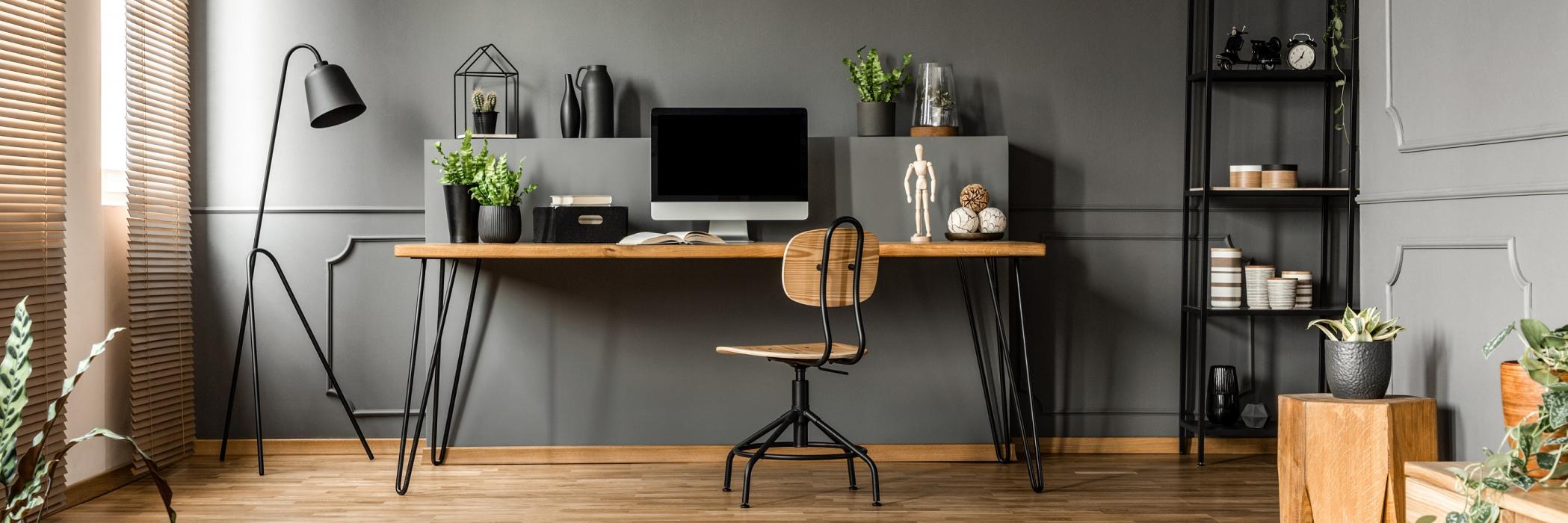Why flexible working is part of Northrop’s culture

For many, the ability to work flexibly has become increasingly valuable in a modern workplace.
Pre-pandemic, it was often the exception rather than the rule – and while some organisations did offer flexible working arrangements in theory, in practice it was often different, and socially challenging.
Today, that sentiment has evolved, and at Northrop we are proud to offer fully flexible working arrangements to help everyone at the company to work in a way that complements their personal lives and enabling them to realise their full potential.
“Nothing has been set in terms of how we work, it’s not a one-size-fits-all,” says Trudy Myers, Associate, Structural Group Manager and Senior Structural Engineer at Northrop.
“It’s a very personalised approach, everyone works with their manager on what suits them as individuals, their team and their personal circumstances, too, around both hours and location.”
The past two years have challenged all of us to adapt to different ways of working and have fast-tracked flexible working implementation.
Trevor Clack, Principal, Director, Central Coast Manager and Structural Engineer, says, “Pre-pandemic, I felt it was something we needed to do more of, but to be honest I wasn’t sure if we could make it work.”
“From my point of view, I felt I’d be letting my team down by not being there in person, while I was unsure about whether they would be productive working externally.”
However, the experiences of working flexibly through the pandemic has changed Trevor’s perception.
“It has improved my discipline and reduced my level of guilt. I’ve continued working from home when I can and will continue to do so,” he says.
Setting flexible working up for success
As well as having the right support and a positive example being set by leaders and peers – having the right technology and set-up at home is critically important to facilitate permanent flexible working. Northrop is providing employees the set-up to enable them to successfully work out of the office.
Prior to 2020, our technology upgrades enabled successful remote working with cloud-based programs, remote server access and laptops were implemented, and since the pandemic, Northrop has facilitated employees’ home office set-up.
“We’re providing all of our staff with the set-up so they can work from home,” says Trudy.
“They’ve got monitors at home and at the office, so they can work from both places in the same way, and it’s important we facilitate that, so they’re empowered to work from home.”
“We trust them to work in the way that best suits them as people and professionals and help them manage the other things in their lives, such as school pick-ups and drop-offs.”
Of course, working from the office offers some unique and valuable experiences, and striking the right balance is important.
“We offer the flexibility to work from both the home and the office, and as this evolves, we give advice and guidance as to what might work best for them in their role and at their level of experience,” says Trudy.
“They might need more collaboration in a role, or it may involve being a mentor or mentee, but in the end, we empower them to make decisions about what will work best for them, and there’ll always be some trial and error – just because you do something one week, doesn’t mean you need to do the same the following week.”
Striking the right balance
Flexible working offers some pros as well as cons, and a hybrid model is likely to prove optimal. The benefits of saving commuting time can be offset by not over hearing office conversations, for example, while not being ‘visible’ may see opportunities subconsciously pass by.
“Personally, I love the energy of being in the office,” says Trudy. “I love being able to talk to my team face-to-face, to go out for a coffee or to the pub on Friday for a drink. I'm very much a people person.”
“But, at the same time, I also love my days at home, where I'm purely focused on work – I can really get a lot done and there are fewer disruptions.”
These are some of the challenges that must be tackled for a flexible working culture to be truly embedded as the norm, rather than an enforced measure.
Since returning to the office after lockdown, Trevor says fifty per cent of his team have continued to work remotely for some part of the week, and he’s consciously encouraging people to discover the way of working that best suits them.
“We don’t want our staff to fall back into the same habits of always being in the office if they find advantages to working from home, so the level of encouragement that I’m now giving them to work flexibly if they wish is much higher.”
Flexible working: critical for the future
Looking ahead, offering a fully flexible workplace is a key element of Northrop’s strategy to attract and retain the very best people – and help them bring their true selves to work.
“We need to continue to evolve our environment where our team is our highest priority” says Trevor.
Putting our people first creates the very best teams – which, in turn, enables us to provide our clients with the best service.


